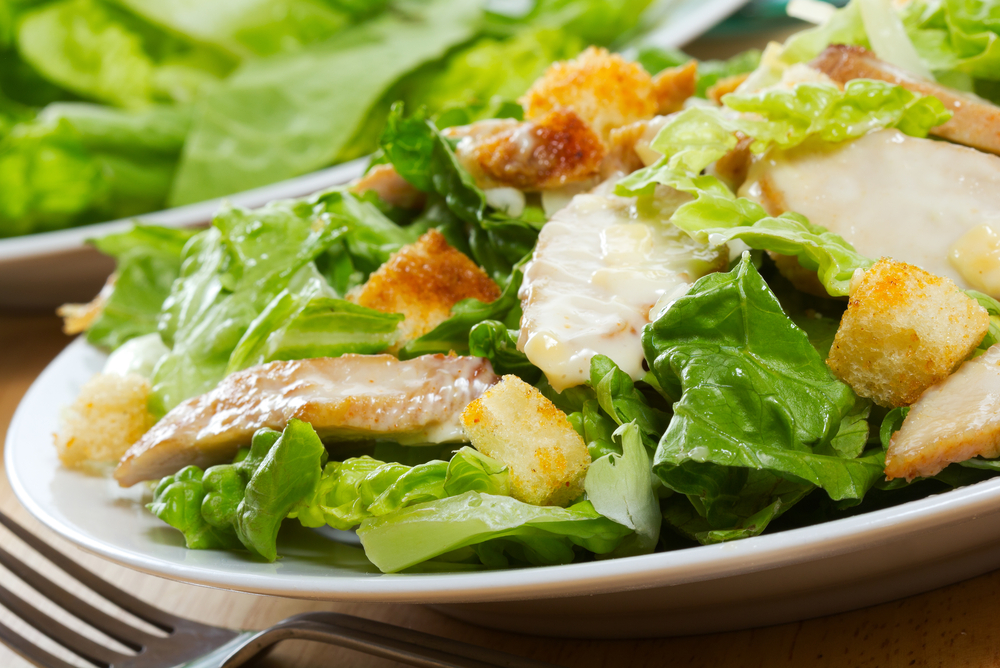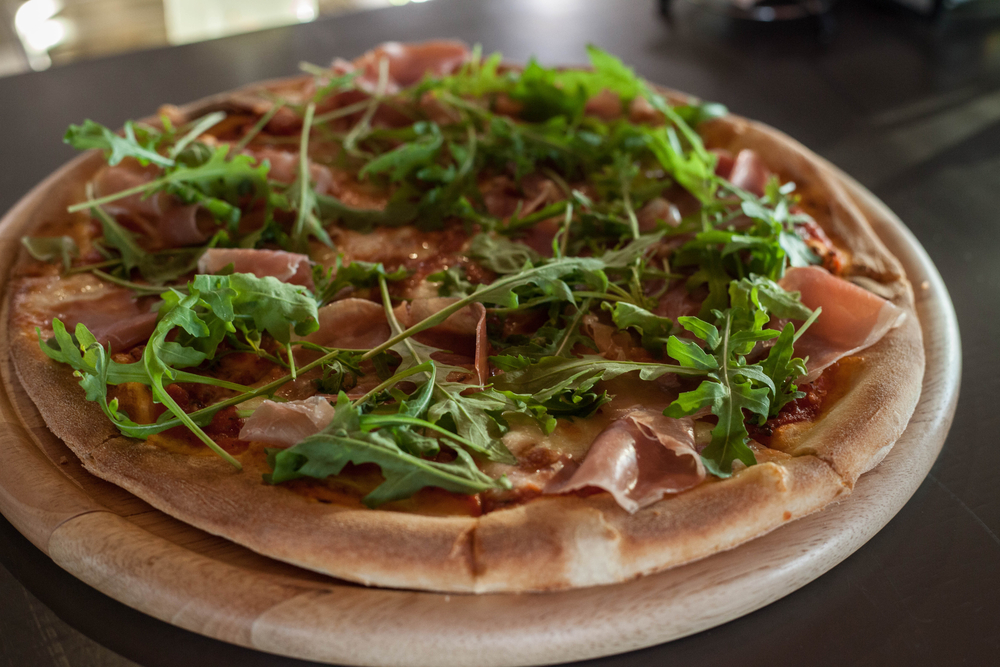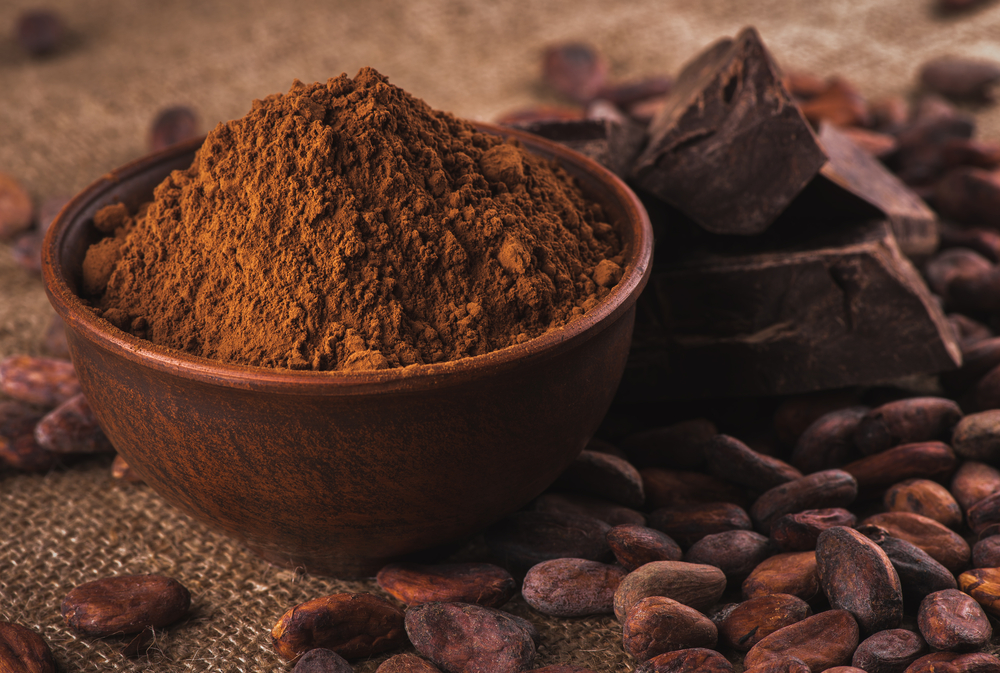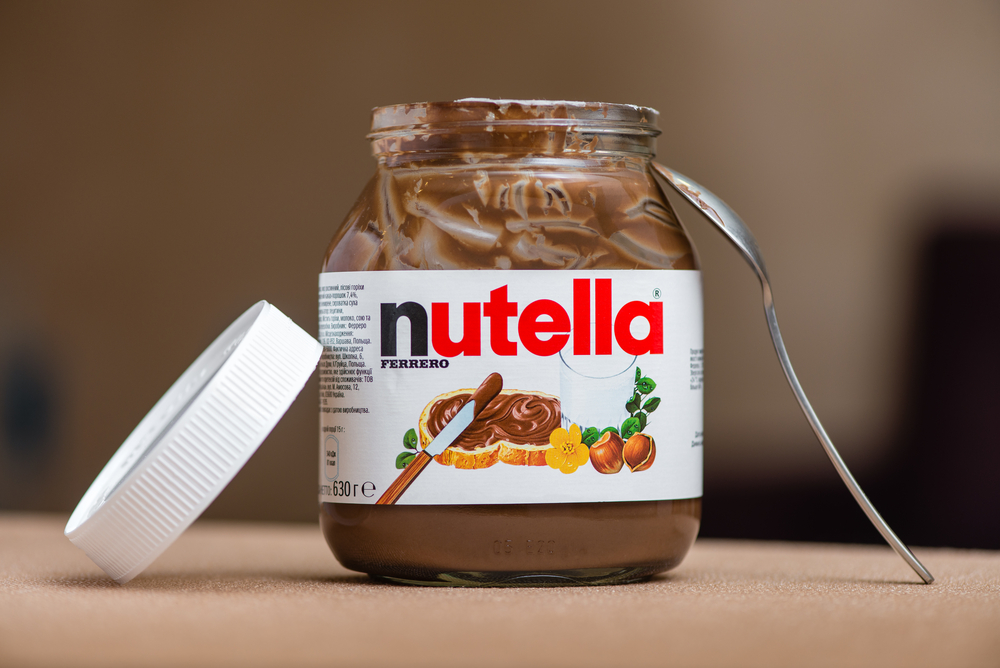Most of us don’t usually wonder how popular dishes like Caesar salad or sandwiches were born while eating them. But even if we think about it, simple logic wouldn’t be enough.
In searching for the truth about the origin behind some of the most famous foods and dishes, we found really surprising and interesting stories:

Caesar salad – despite our expectations to hear a story about Julius Caesar and a special salad created to satisfy his taste, it was actually an Italian-American restaurateur who invented the salad in 1924, not in Rome, but in Tijuana, Mexico. At least, there was really a Cesare in the story – the owner of the restaurant where the salad was created for the first time. With the last few products in his fridge, Cesare Cardini fed the hungry Americans celebrating 4th July in 1924. At this time they becаme the first to taste this famous nowadays dish – a salad made with lettuce, parmesan, olive oil, garlic, eggs, Worcester sauce and crunchy croutons.

Sandwich. The origin of the word “sandwich” might be the most well-known word etymology when it comes to food. John Montagu (1718-1792), or the Fourth Earl Sandwich, liked eating cold meat cuts between two slices of bread while playing on the gaming table. And so, the name for this idea for a lazy meal just stuck around.

Pizza? Italy? No. It was found that pizza, Italy’s most iconic dish, was originally invented by the Greeks in 100 B.C. The Greeks created a flatbread called plakountos (Gr. πλακοῦντος) and topped it with meats, cheeses, and vegetables.

Who doesn’t love chocolate? As chocolate lovers, Europeans are famous for their chocolate art, but the sweet treat was actually invented by the ancient Mayans and Aztecs in Central America in 2000 B.C. Both groups roasted and pounded the seeds of the cacao tree to create a chocolate drink, which was then brought to Europe by Spanish conquistadors.

Nutella – this chocolate temptation was created in Italy during World War II. Due to limited quantity of certain goods, including cocoa, chocolate was in extremely short supply in Italy and most of Europe. Pastry maker Pietro Ferrero (yes, this same Ferrero) took advantage of his town’s abundance of hazelnuts and included them in a chocolate spread. After the war, Nutella became a delicacy all over Europe and one of the highest-selling spreads around the world.

Last but not least: the chocolate chip cookies, which were actually a mistake. Ruth Graves Wakefield and her husband ran the Toll House Inn in Massachusetts, where she cooked her own homestyle meals for the guests. One day, while making cookies, Ruth ran out of baking chocolate and decided to use semi-sweet chocolate instead. To her surprise, the chocolate didn’t fully melt and for the better – the cookies were a hit among the guests and future generations all over the world.